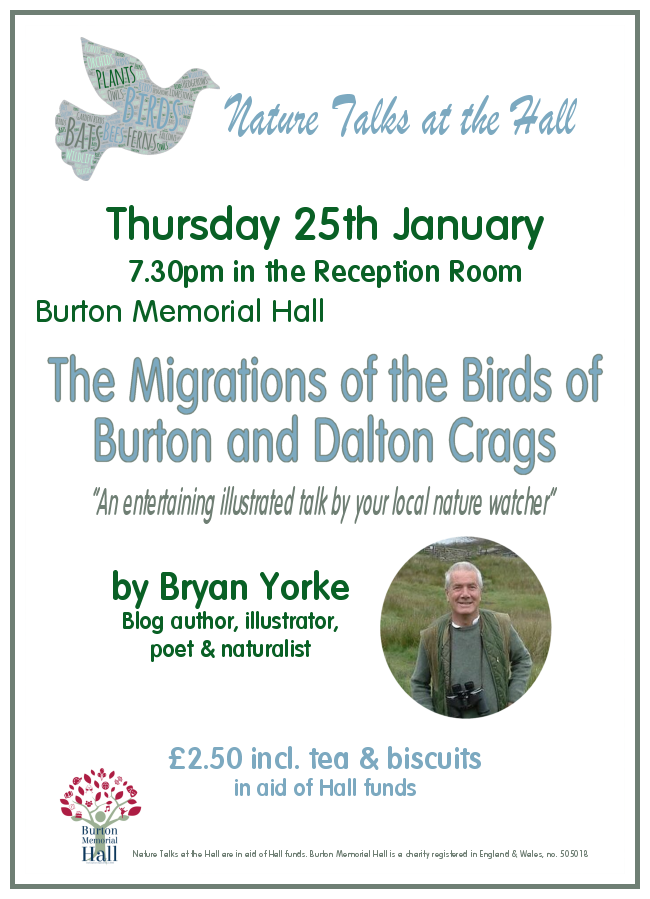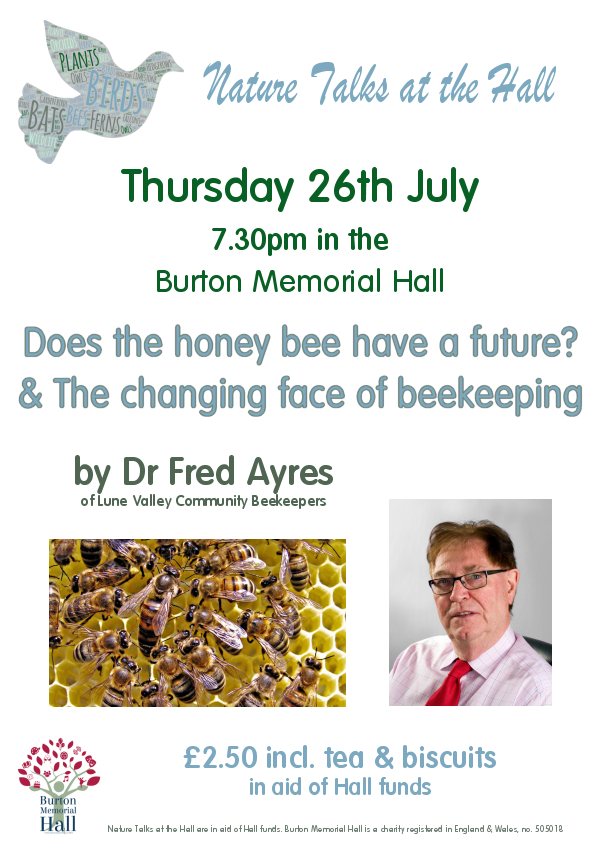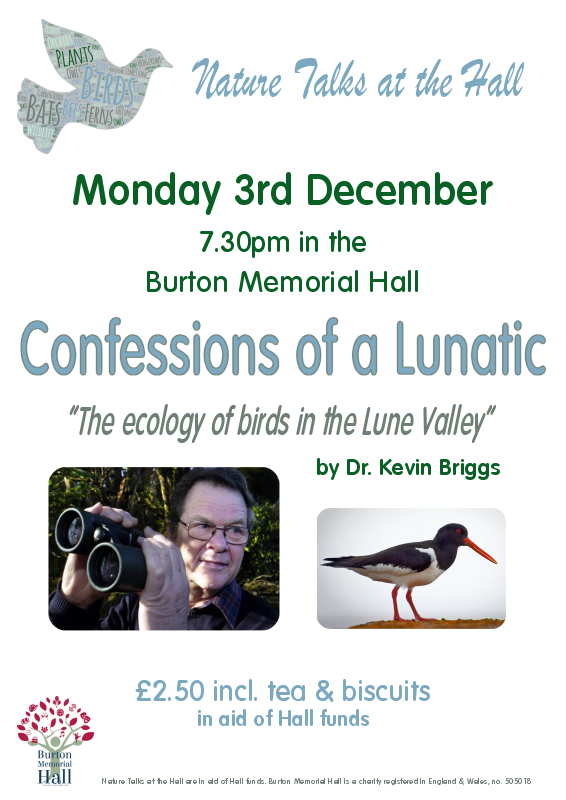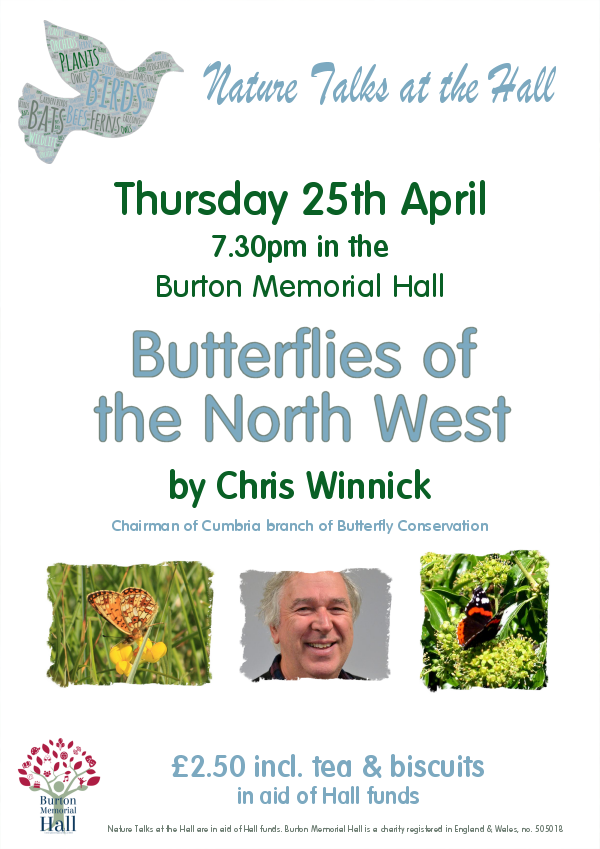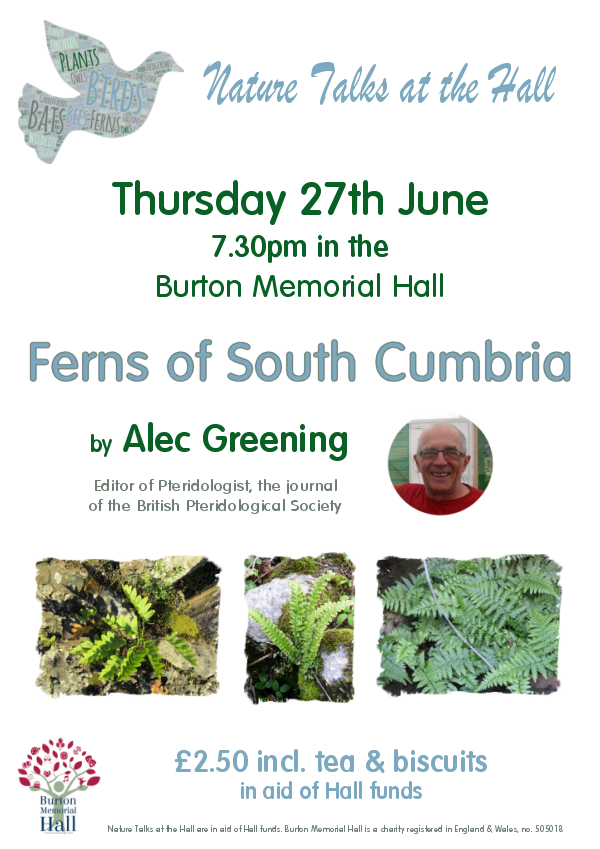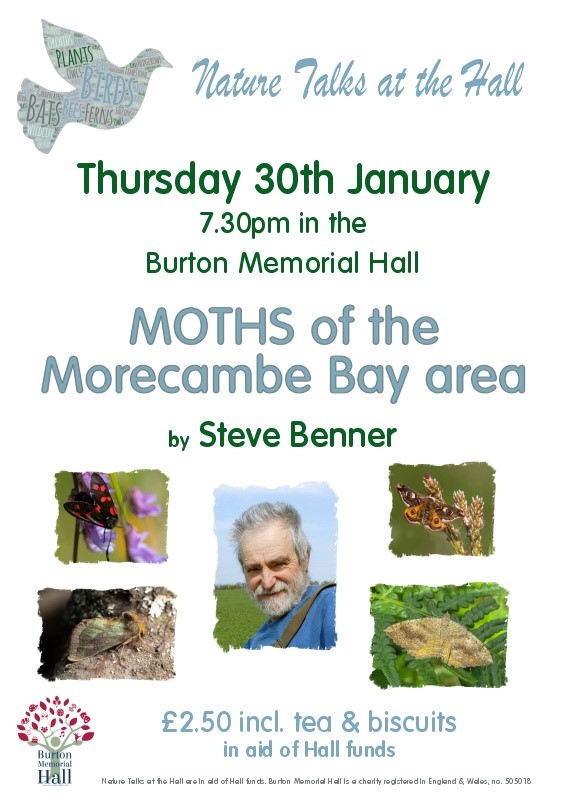Well I have lots of stuff to blog about as soon as I can and
will share with you soon. I have
recorded but not yet put into blog a piece on “Flowers I have found on the
edges of Maize or Fodder Beet fields in Dalton near Burton in Kendal” you may be surprised just to see
what variety we get take for instance: Solanum nigrum or maybe better known as
the Black Nightshade and what about Galinsoga quadriradiata which isn’t but
just looks very similar to it’s relation the Gallant Soldier. But that’s all for another day because today
I want to talk about what went on Tuesday last when I decided to make it a
Hedgehog and Montanum day.
| Hypericum Montanum No.3 - Click to enlarge |
It started whilst going through Dalton Crags and looking out
for just anything available and worthy of note.
It was even worth (to me) to make gps notes to where all the Hypericum
Perforatum was and subsequently recorded, because this information could be
very beneficial to just where the species was on the Hutton Roof complex and its
association (perhaps) to another rare hypericum species which I have been fortunate to recently find. I didn’t mean going out of my way, but to
record all I could see from the forestry track on my way up from Nineteen Trees
and onward through the Crag.
Climbing up through the lower crags and stopping off talking with folk and making notes and stopping to take the odd photo I eventually arrived at the little beauties which were my first intended destination of the beautiful day to check out the near hypericum montanums (population no.3) or known as the Pale St. John's Wort. So out with the camera to capture the plant (see left). I also found another nearby (20ft at least) and up to seven seedlings which hopefully will mature and prosper and be on view in future years. Its always worth checking the leaves of our specimens on HR because so far every one I have checked have shown perforatum within the leaf and according to all the text books at my avail, this should not be happening. So you can see why I am noting even common species such as "Perforated" because I wonder if some hybrid meddling has taken place here somewhere along the line. Another "perforatum" species I regular encounter up here on Hutton Roof is Hypericum Pulchrum (or Slender St. John's Wort) and maybe that species could well have also played its part in this strange phenomena. Time will tell.
No sooner had I left the little beauties than I was to bump into this fabulous chap which I can only
| Dung Beetle - Click over to enlarge |
This chap today seem to be doing fine.
Climbing even further through Dalton and again noting all "perforatum" on the way up and just before the "Line of Trees" I glanced across to the butterfly bush (buddlea). All the times I go up here and have never noticed it before. It looked well out of place up here amongst all the natural stuff but I guess it would be playing its part in bringing in lots of the more abundant butterflies like the Torts, Red Admirals and Peacocks which I were seeing plenty of today
Its quickly becoming that time of year again "Visible Bird Migration". Good job I had my binoculars with me and checking out the far wall was not to be disappointing with a fabulous Wheatear with the most upright posture I have ever seen, a proper standing to attention bird! and only perhaps a few metres to its left a lovely Stonechat which later made off to the ground and quickly back up onto some shrub high point where it could have its temporary "watchpoint". I was wondering if this would be the pair already come back to their regular wintering territory or would it be just a solitary bird passing through! I guess the wheatears are on the move and will have come in overnight and dropped in to feed up before setting off again later that night onward towards their final destination of South Africa. I was to also see another Wheatear as I got further around and coming down through Lancelot Clark Storth.
| "Ramosum " A. Scollopendrium Click to enlarge |
Descending the Crags and then ascending the next set of Crags in search of the small hedgehog fungi better known as the Spiny Puffball fungi. Back in 2014 I had seven of them but last year this was down to one and this year I just drew a blank with none at all showing. I checked out all the surrounding areas without success.
Its not long before I am fighting my way through lots of undergrowth barely penetrable but hiding yet another beautiful pavement, and this is were Montanum No.2 lives, just a singular plant which seems to survive in the most precarious of places on the side of a well fractured gryke. I have now watched this plant over three years and as yet there have been no additions, neither have I noticed any set seedlings in the immediate areas. Its lies about one mile away from No.1 and some one and a half miles away from No.3 yet here again we have another rare specimen with the unique "perforatum" leaves!
During my adventures today I was fortunate to see quite a few butterflies which were mainly Small Tortoiseshells, Red Admirals and at one point whilst entering Lancelot Clark Storth (A Cumbria Wildlife Reserve) I had the pleasure to see a Wall Brown Butterfly on Ragwort.
Soon I arrived at the home of Hypericum Montanum No.1, and this was the very first specimen of this particular species which I located back in 2013 and it has done well every year since. Or should I say that is up to this year. For some reason the main group of eight plants has just not appeared this year although the surrounding plants are all doing fine.
Finished off the day checking out Angular Solomon's Seal, lots of gone over Epipactis "orchids" and also the rare Southern Polypody Ferns.



.jpg)
.jpg)




.jpg)




+(Small).jpg)
.JPG)


